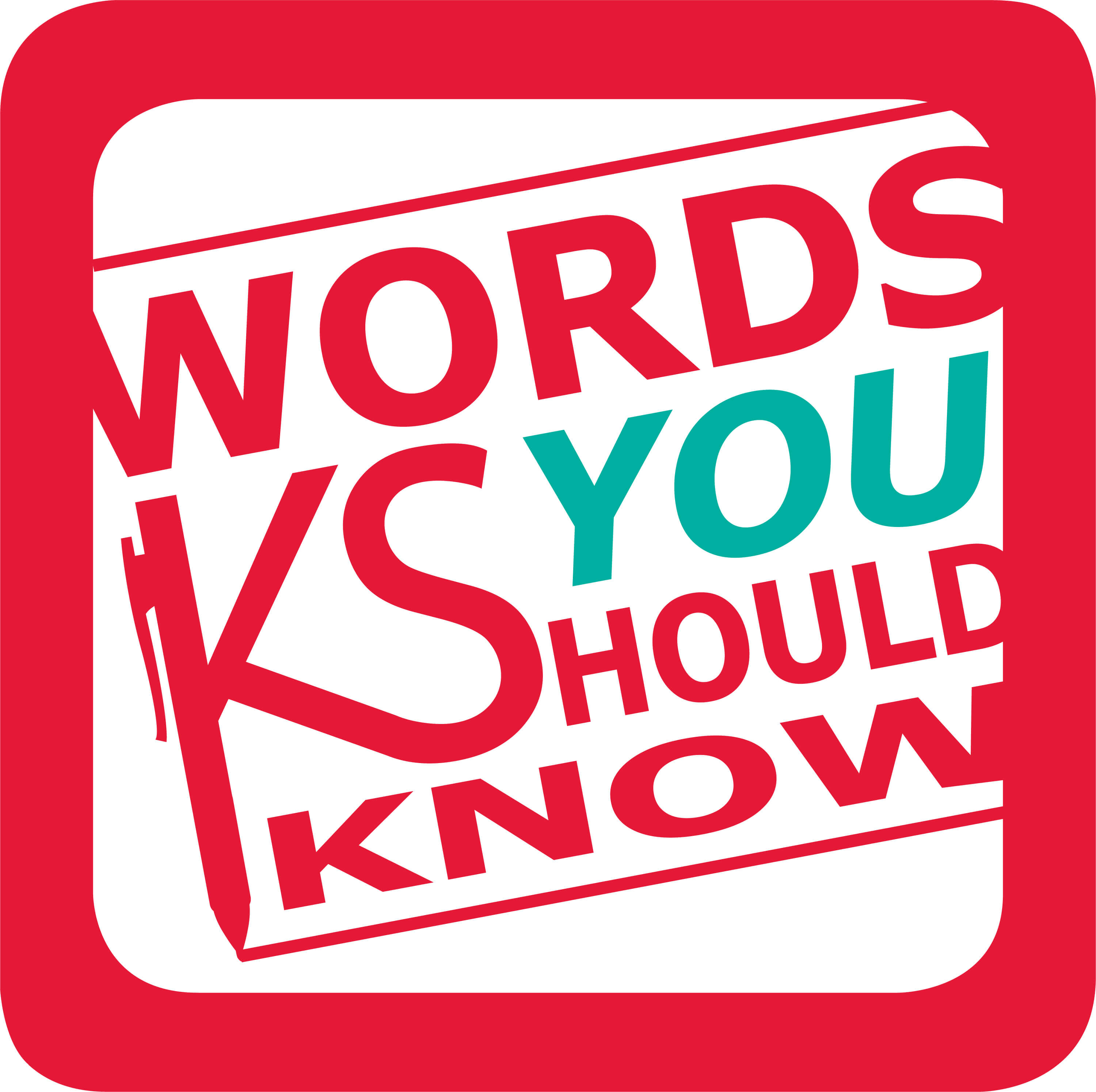
Now that we’ve established whether it’s “prouder” or “more proud” than a peacock in last week’s episode, I want to keep talking about birds. Why? Because calling a North American turkey a “turkey” is up there with the earliest of #fakenews. But, accuracy has never been the English language’s strong suit.
It’s the week of Thanksgiving in the United States, and this is the time of year one question is asked time and time again:
Why on earth do we call a turkey a “turkey”?
Episode 11: That “turkey” isn’t from Turkey
Podcast: Play in new window | Download
Approximate transcript:
There is so much confusion in this bird’s name. It does actually connect with the country Turkey, though. Are turkeys from Turkey? Not at all. But here is the origin story that goes along with that game fowl on your Thanksgiving table.
It begins with a different bird, a guinea fowl that was historically imported from most likely Madagascar or Ethiopia via Turkey to Europe. When the North American bird was first brought to Europe in the 1500s, many assumed it was related to this guinea fowl that arrived via Turkey, so the new bird became known as a “Turkey.”
Others, far more savvy, or assuming themselves to be, knew that this was a different bird than the African guinea fowl. They knew that this bird came from across the Atlantic Ocean. Of course, at the time, many thought that across that ocean lay India, so rather than calling a North American turkey, “a turkey,” the French called this big bird a poulet d’inde, or “chicken from India.” Today, this has been contracted to dinde, but its confused origin story still lingers, doesn’t it? Similar to the French, the Dutch word for “turkey” translates to “hen from Calcutta.”
Who knew this North American fowl’s name would be so fouled up?
But this leads me to another question…
Every year around Thanksgiving, someone usually asks me, “What is the difference between ‘bird’ and ‘fowl’?” And it’s finally time to address it in writing.
“Fowl” comes from the from the Old English word fugel, which is related to the Latin word flēogan, which means to fly. A long time ago, “fowl” was used to represent birds of any kind, and this usage still sneaks out today; however, most sources seem to agree that there is a difference between these two words.
- “Fowl” is used to refer to waterfowl, such as ducks, swans, and geese; game fowl, such as turkey or pheasant; or domesticated barnyard birds like chickens. In the food industry, “fowl” is often used to reference birds that are commonly eaten or the meat of these birds in a way that’s synonymous with “poultry.”
- “Birds” are any members of the animal class Aves. They are warm-blooded, lay eggs, have feathers, and usually fly.
Thus, that Thanksgiving turkey is both a fowl and a bird, but that songbird outside your window is a bird, most likely not a fowl. Unless you have a singing chicken, which would be pretty cool and perhaps the inspiration for a new animated film. That animated film’s name could be “Fowl,” which could be a fun play on the word “foul,” which would most likely be a good descriptor of the animal’s singing voice. (For more details on this pair, see Get a Grip on Your Grammar).
I hope this solves it for you.
Birds, fowls, turkeys … not from Turkey.
This is the second to last episode of season 1, and I haven’t even had a chance to talk about decorating your communication with ellipses ( … ), those lovely dot, dot, dots, that you drop in where you don’t complete your thoughts, letting your sentences dangle and fade off into the sunset.
You do it in email and in text. I know you do. I’m all about festivities and confetti, but that’s not the point of that punctuation. I swear. It doesn’t make your holiday table more exuberant.
May I issue a challenge to rein in those decorative dots? They aren’t really serving a purpose besides the interior design of your message. You can do better.
And now, if I pause… I wonder if you hear the ellipses when I speak…
Dot dot dot. So many dots.
You are living in a time when more people write than ever before in human history. How awesome is that? Let’s just try to do our best folks.
Though I know it can be hard when that tryptophan kicks in.
Join 1,000+ subscribers and sign up for my English language tips and trivia email newsletter for more like this.
And don’t forget to subscribe to this podcast (via Apple Podcasts, Android, Google Podcasts, Stitcher, or RSS) so you’ll never miss out on another word you should know. Like what you heard? Rate my show on iTunes or wherever you listen.
Contact me today if you have any language questions for a future episode. I’d love to hear from you!
